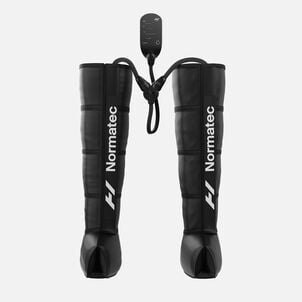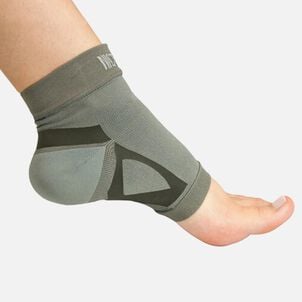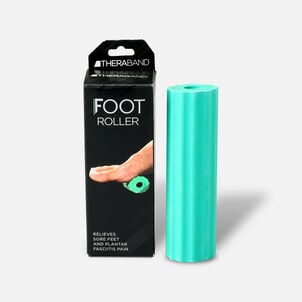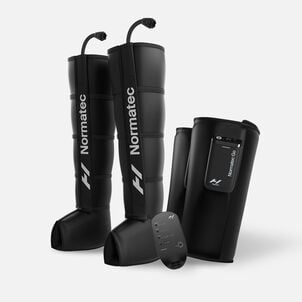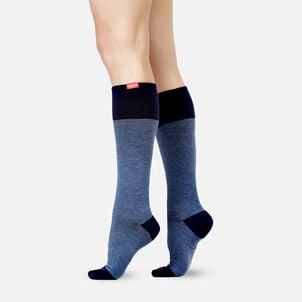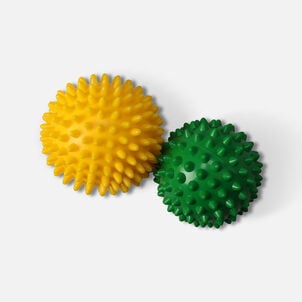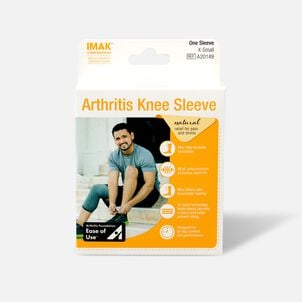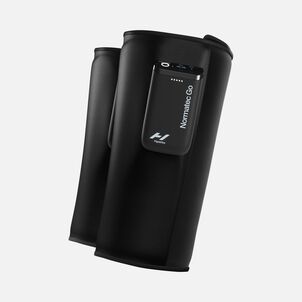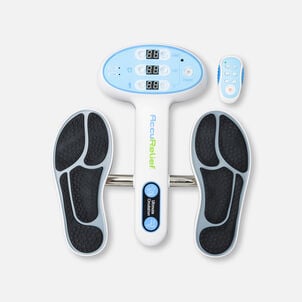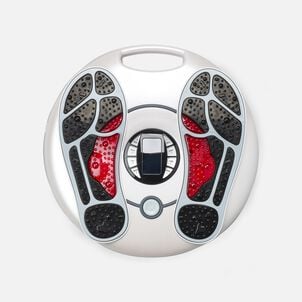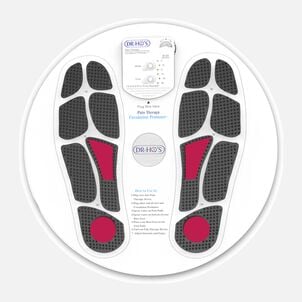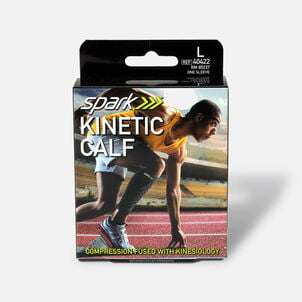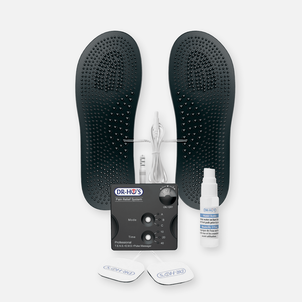The Complete HSA Eligibility List
Here it is — the most-comprehensive eligibility list available on the web. From A to Z, items and services deemed eligible for tax-free spending with your Flexible Spending Account (FSA), Health Savings Account (HSA), Health Reimbursement Arrangement (HRA) and more will be here, complete with details and requirements. Important Reminder: HSAs, FSAs, HRAs and other account types listed may not all be the same. Be sure to check with your administrator to confirm if something is eligible before making a purchase.
Here it is — the most-comprehensive eligibility list available on the web. From A to Z, items and services deemed eligible for tax-free spending with your Flexible Spending Account (FSA), Health Savings Account (HSA), Health Reimbursement Arrangement (HRA) and more will be here, complete with details and requirements. Important Reminder: FSAs, HRAs and other account types listed may not all be the same. Be sure to check with your administrator to confirm if something is eligible before making a purchase.
Anti-Embolism Socks, Stockings: HSA Eligibility
Anti-Embolism Socks, Stockings: requires a Letter of Medical Necessity (LMN) to be eligible with a Health Savings Account (HSA)HSA Eligible Leg & Foot Support
What are anti-embolism socks and stockings?
Anti-embolism socks, also known as compression socks/stockings, have both medical and practical uses for wearers, but they were originally designed to prevent and treat specific venous disorders, including thrombosis, edema and phlebitis. Anti-embolism stockings work by forming a tighter fit around legs and feet than standard socks, which in turn will increase blood and lymphatic flow (WebMD).
What are the practical uses for anti-embolism socks and stockings?
Outside of the medical realm, anti-embolism socks have real value for individuals who experience long periods of inactivity, as well as those who are constantly on their feet. For instance, anti-embolism socks have been worn for decades by airline pilots who stay stationary for long periods, as well as other professions that experience extended periods of sitting have also embraced anti-embolism socks as viable methods to increase blood flow, as well as energize and invigorate their legs.
On the opposite end of the spectrum, active individuals have turned to compression socks as a means of speeding their recovery from heavy exercise or limiting pain in their legs after being on their feet throughout the day. Nurses and caregivers, waiters/chefs, and other professions that involve high-impact pressure on feet and legs throughout the day have turned to anti-embolism socks for pain relief, while athletes and long-distance runners are also known to use compression socks to improve blood flow, limit lactic acid buildup and speed their recovery times (National Center for Biotechnology Information).
What are the medical uses for anti-embolism socks?
Anti-embolism socks are typically used to treat major venous disorders, which refers to chronic conditions caused by veins that have become diseased or abnormal. These disorders can include leg ulcers/skin changes, leg swelling and leg pain, vascular malformations, phlebitis, varicose veins and spider veins and many others. Some physicians may prescribe compression therapy as a means of combating these specific disorders in tandem with other proven treatments.
If a doctor suggests anti-embolism socks, stockings as a means of alleviating a medical condition, a Letter of Medical Necessity (LMN) may be required for reimbursement through an FSA, HSA or HRA. An LMN must outline a specific diagnosis to explain how anti-embolism socks are necessary to treat a specific condition. Even with an LMN, a benefits administrator may only reimburse the excess cost of a pair of anti-embolism socks over the cost of a regular pair of socks. To determine exactly what your benefits administrator will require and how much they'll reimburse, you'll want to contact them directly.


